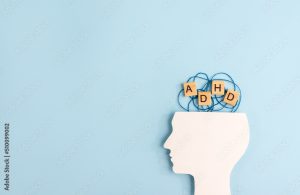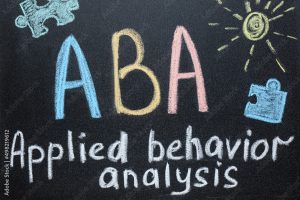Attention-Deficit/Hyperactivity Disorder (ADHD) is a neurodevelopmental disorder that has been increasingly recognized and understood over the past few decades. It affects both children and adults, manifesting in various symptoms that can significantly impact daily life and functioning. This article aims to demystify ADHD by providing a clear and concise overview of its symptoms, causes, treatments, and the challenges faced by individuals with this condition.
What is ADHD?
ADHD is characterized by a persistent pattern of inattention, hyperactivity, and impulsivity that interferes with functioning or development. It is typically identified in childhood, often around the age of seven, but its symptoms can continue into adulthood. ADHD is categorized into three types:
- Predominantly Inattentive Presentation: Difficulty in maintaining focus, following detailed instructions, and organizing tasks and activities.
- Predominantly Hyperactive-Impulsive Presentation: Manifests as excessive fidgeting, talking, and an inability to sit still for prolonged periods. Impulsivity can result in hasty actions without consideration for consequences.
- Combined Presentation: Symptoms of both inattention and hyperactivity-impulsivity are equally present.
Causes of ADHD
The exact cause of ADHD is not fully understood, but research suggests a combination of genetic, environmental, and neurological factors. Genetics play a significant role, with ADHD often running in families. Brain imaging studies have shown differences in the brain structure and activity of individuals with ADHD compared to those without the disorder.
Environmental factors like prenatal exposure to alcohol and tobacco, low birth weight, and exposure to environmental toxins during pregnancy or at a young age can also contribute to the risk of developing ADHD.
Diagnosis and Treatment
Diagnosing ADHD involves a comprehensive evaluation by a healthcare professional. This evaluation may include:
- Medical examination to rule out other possible causes of symptoms.
- Interviews or questionnaires for the individual, family members, and teachers.
- Psychological tests to assess IQ and social and emotional adjustment.
There is no cure for ADHD, but it can be managed effectively. Treatment often includes a combination of medication, psychotherapy, education or training, or a combination of treatments.
Medication
Stimulant medications are commonly used and have been found effective in treating ADHD symptoms in many people. Non-stimulant medications are also available and may be an option if stimulant medications aren’t effective or cause unwanted side effects.
Behavioral Therapies
Behavioral therapies, including psychotherapy, cognitive-behavioral therapy (CBT), and behavioral interventions, can be effective, especially in children. These therapies focus on changing behavior patterns and improving time management and organizational skills.
Lifestyle and Home Remedies
Lifestyle changes like regular physical activity, a healthy diet, and sufficient sleep can help manage ADHD symptoms. Organizational strategies and routine structuring can also be beneficial.
Challenges and Misconceptions
Individuals with ADHD often face challenges in academic, professional, and social settings. They might struggle with low self-esteem, troubled relationships, and poor performance in school or work.
ADHD is often misunderstood as a disorder of childhood only, a misconception that can prevent adults from seeking help. Additionally, stereotypes about ADHD being a result of poor parenting or laziness are harmful and inaccurate.
Conclusion
ADHD is a complex disorder that requires a nuanced understanding. Recognizing the signs, obtaining an accurate diagnosis, and following an effective treatment plan can significantly improve the lives of individuals with ADHD. It’s crucial for society to foster an environment of understanding and support, debunking myths and providing accurate information about this condition.




